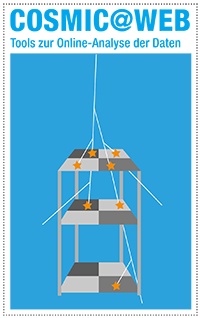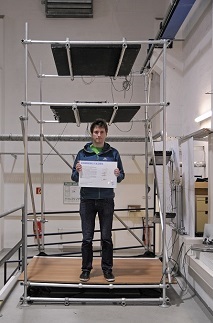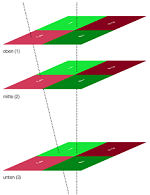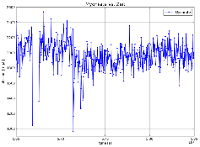URL: https://www.desy.de/school/school_lab/zeuthen_site/cosmic_particles/experiments/trigger_hodoscope/index_eng.html
Breadcrumb Navigation
Trigger Hodoscope
Trigger Hodoscope
The Trigger Hodoscope consists of parts of scintillation counters that were used in the L3-cosmic experiment at CERN until 2000. It was installed in Zeuthen by the DESY L3-cosmic group to perform systematic studies with cosmic particles for possible future projects.
Since 2010 the hodoscope has been continuously taking data which is available via the web portal Cosmic@Web to offer students the possibility to investigate cosmic particles.
One segment has an area of 0.5 × 0.5 m2 and consists of 4 scintillator tiles. If a cosmic particle traverses the scintillator, it creates a short scintillating light flash which is directed to the two PMTs via the light guiding fibres (embedded in the scintillator plates). The signal will only be accepted as an event, if both PMTs detect the light simultaneously.
Additional coincidence conditions require a signal to appear in at least one segment of each plane. If each plane shows exactly one signal, there is a high probability that a muon was detected. Another coincidence setting enables further interpretation: if all three planes show signals in all four segments, the event is considered a particle shower. But to simplify the analysis, only one additional coincidence requirement is used: every plane has to show a signal in all four segments, which is the indicator of a particle shower.







